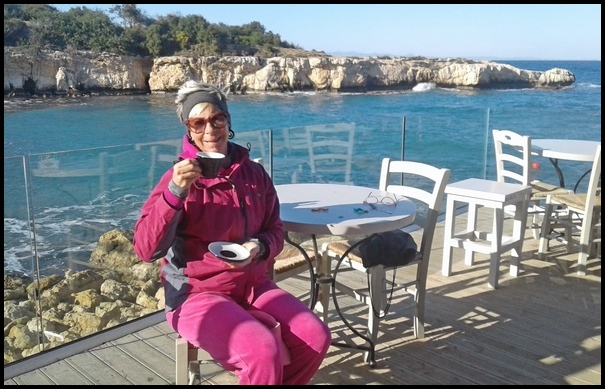 My First Impressions of Cyprus
My First Impressions of Cyprus
As I explained in last week’s article 18 Surprising Facts about Cyprus, Cyprus is a small independent Mediterranean island nation situated in the far eastern Mediterranean Sea. It’s located just south of Turkey and west of Syria & Lebanon.
I landed here on Dec. 30th, 2019 after skiing in Bulgaria, just in time to roll in the new year – and a new decade, come to think of it – on what I hoped would be a much warmer & sunnier locale than Bulgaria in winter.
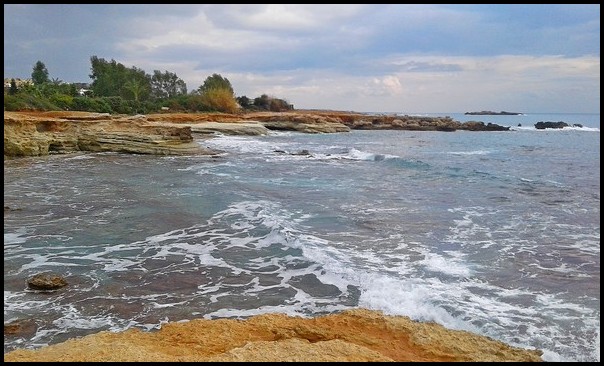 Weather in Cyprus
Weather in Cyprus
According to yearly climate averages for Cyprus, January should have daily highs of 16-17C / mid 60s F, with some rain but primarily sunny, blue-sky days. In fact, Cyprus is nicknamed the Sunshine Island and boasts of 300 days per year of sun.
After I endured sub-freezing temps in the Pirin Mountains at Bankso, Bulgaria during the week of Christmas, with snow-covered peaks and fluffy snow, ‘Sunshine Island’ sounded pretty dreamy.
Sadly for me, this year is a much colder, rainier winter than usual on Cyprus. Sigh. During the one month that I’ve been here thus far, I have seen a total of just three beautiful spring-like days. The majority of days have delivered heavy dark clouds, cold wind, highs of onlly 12-14C / 54-58F, and some seriously heavy rain. Icky!
Statistically speaking, that amounts to 90% cloudy, rainy weather and a mere 10% of sunny days.
Several older Cypriots have told me that in their entire lives they’ve never seen rain like this in Cyprus! They’ve never seen rain that lasts all day long or that goes on for days on end.
What’s more, all the water reservoirs around the island are completely full, brimming over even!
So my experience of Cyprus is rather regretfully unusual. The cold air and dark, bruised skies have made it rather difficult to even get out to explore the island’s many wonderful sites & attractions.
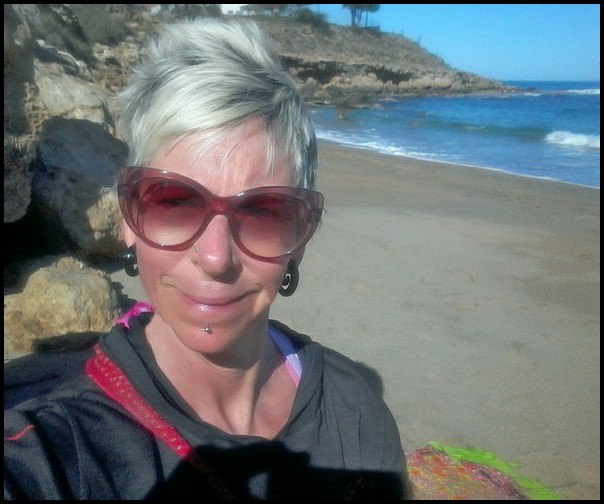 Luckily, there have been a handful of sunny days and some cloudy days without rain. You can bet that on those days I’ve dashed out of the house early and stayed out exploring until dusk. That’s given me the chance to experience the gorgeous Cypriot coastline and some interior mountains, parks & forests under glorious blue skies.
Luckily, there have been a handful of sunny days and some cloudy days without rain. You can bet that on those days I’ve dashed out of the house early and stayed out exploring until dusk. That’s given me the chance to experience the gorgeous Cypriot coastline and some interior mountains, parks & forests under glorious blue skies.
Thank goodness I’ve been able to see some of that, if only briefly. Last week, after waiting exactly 28 days for sun, I finally was able to lay on a beach in my bikini, soaking in the nice hot sunshine!
Since the weather seems to have finally taking a turn for the better, I’m hoping that during my last week on the island I’ll get to enjoy more suntanning in my bikini before heading to Istanbul, Turkey (where it’s actually going to be colder! Sigh).
And aside from the crappy weather, I quite like Cyprus, primarily because there’s so much stunning nature and so many interesting historic sites to visit. The island is also blissfully uncrowded (at least now in low season), so it’s rather quiet and peaceful.
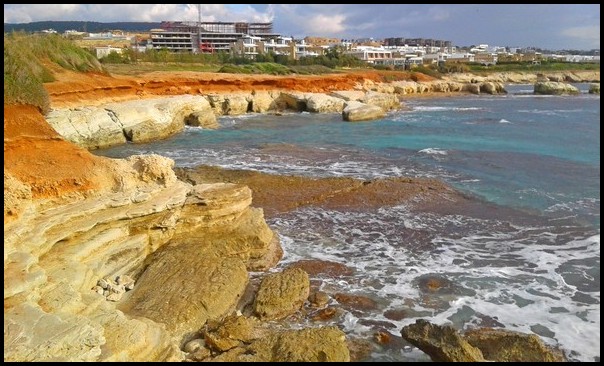 Towns- Cities – Development in Cyprus
Towns- Cities – Development in Cyprus
On the other hand… to be honest, the very first thing I noticed when I arrived in Cyprus is how really ugly the towns and development are here. Quite sadly for this very pretty island, nearly all the human development consists of this horrid, non-descript, un-inspired bland modern-ish development.
The towns and cities barely have any historical buildings. They’re just filled with ugly boxy concrete buildings. Even worse, most of the island’s long coastline and the hills leading up inland are being over-run with icky mid-range housing developments, ex-pat residential areas, strip malls and chain stores. It’s truly hideous.
After visiting several absolutely gorgeous historic European cities & towns last year, this ugliness in Cyprus is really glaring. That’s quite unfortunate because…
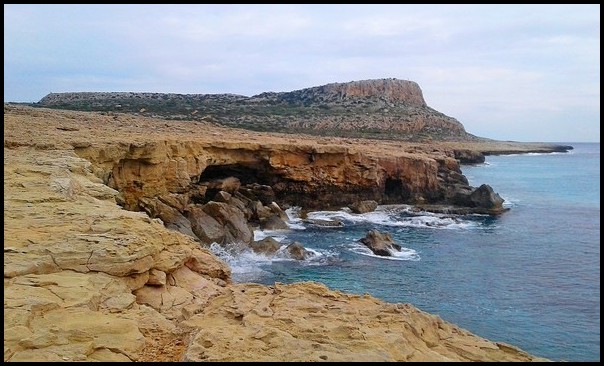 Nature & Landscapes of Cyprus
Nature & Landscapes of Cyprus
Cyprus is primarily an attractive hilly & mountainous island with some flat coastal plains. The entire island is rimmed by hundreds of miles of beautiful coastline, which consists of rocky shoreline, cliffs, golden-sand beaches, pebble beaches, headlands and even grassy fields.
I’ve been surprised to discover that nature on Cyprus is surprisingly diverse. The interior consists of low rolling hills, deep ravines & canyons, high central mountains, pine and deciduous forests, rivers and streams and a tremendous amount of agricultural land. There are even two small salt lakes.
Cyprus is home of the famed Mt. Olympus, reaching 1952 M / 6440 ft, home of the Mythological Greek Gods. It’s set in the Troodos Mountains. Amazingly for the Mediterranean, the Troodos Mountains and Mt. Olympus are full of snow every winter. There’s even annual skiing!
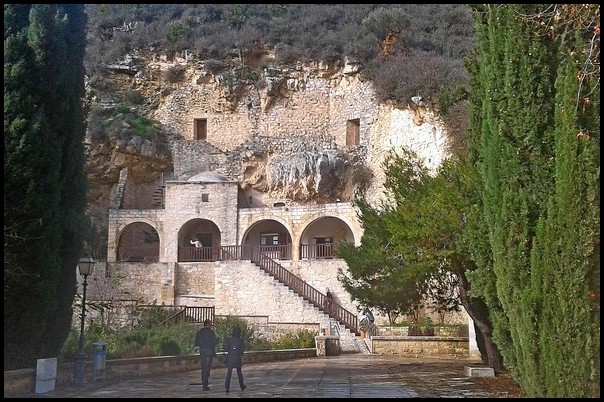 Luckily, despite the mostly horrid weather this year, I have been able to enjoy several of Cyprus’ great natural areas. I’ve walked along open coastal walkways, a few small sandy beaches, a lovely hillside park with fantastic panoramic views over the coast, a mountainous hinterland with pine forests and more amazing views.
Luckily, despite the mostly horrid weather this year, I have been able to enjoy several of Cyprus’ great natural areas. I’ve walked along open coastal walkways, a few small sandy beaches, a lovely hillside park with fantastic panoramic views over the coast, a mountainous hinterland with pine forests and more amazing views.
I visited gorgeous Aphrodite’s Rocks coast which has tall cliffs, stunning off-shore rocks and beautiful pebble beaches. I hiked the Aphrodite Trail in Akamas Peninsula National Park, where I hiked up a steep mountain and was treated to stunning panoramic coastal views, pine forests, a wandering goat herd and steep zig-zag trails set under high jagged peaks.
I’ve also visited a prehistoric Chalcolithic tribe village, Agios Neophytos stone monastery carved into a cliff-face, an incredible cat sanctuary housing over 900 cats and the very important UNESCO World Heritage Archaeological Site in Paphos, which has the world’s largest, best-preserved Roman mosaics and palace ruins.
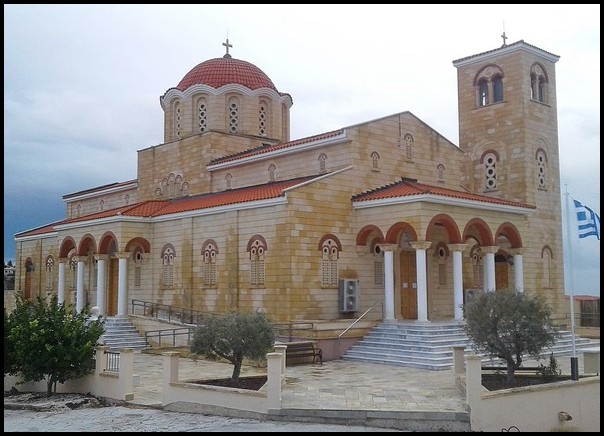 People of Cyprus
People of Cyprus
Cyprus has a very extensive human history dating all the way back to 10,000 BC! Over the centuries many important tribes and empires have ruled the island and left their mark in terms of culture and architecture, giving Cyprus a very diverse heritage. I get into the details in 18 Surprising Facts about Cyprus
Nowadays, in the southern Greek side of Cyprus, the locals are primarily of Greek heritage. They are quite hospitable, friendly, helpful and laid-back people. About half speak English at least fairly well, and many speak fluently.
In the northern Turkish side of Cyprus, locals are primarily Turkish. A huge number of visitors come from Turkey.
There is also a huge ex-pat British community in Cyprus. They live all over Greek Cyprus, in the towns & cities, up in the hills, and in various housing developments scattered around the island, which are primarily inhabited by Brits.
I’m told there are also many ex-pat Russians and Chinese. I haven’t eally seen any of them, oddly though.
Besides the ugly architecture here in Cyprus, the other thing I noticed immediately upon arrival is the huge number and variety of immigrants. I’ve met lots of Indians as well as people from Nepal, Sri Lanka, Africa, Lebanon, Midde East and Egypt, who all seem to be working here.
So Cyprus has quite an international mix of cultures nowadays. That makes for a lot of superb authentic ethnic restaurants, at least in the main coastal cities of Larnaka and Limassol. I’ve eaten really delicious Indian, Lebanese and Egyptian food here, in addition to the more common Greek and Cypriot meals.
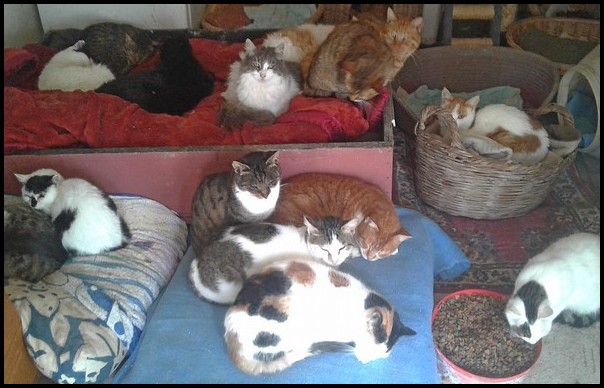 Cats in Cyprus
Cats in Cyprus
Much to my delight, Cyprus has a huge cat population. People keep cats as pets, but there are also thousands of street cats all over the island. Cats are hanging out near popular restaurants, at hotel grounds, along coastal walkways, in city streets and parks. They are literally everywhere!
Most street cats are very healthy, well-fed and friendly. Many will quickly cozy up to any passerby who stops to say hello or feed them. Locals and visitors feed the cats regularly.

visiting the cat sanctuary in Cyprus
Besides that, there are two cat sanctuaries that I know of in Greek Cyprus. The ‘Cat Park’ sanctuary in the mountains near Agios Georgios Monastery in Paphos district houses over 900 cats!
I visited the Cat Park on my second day in Cyprus and stayed for about two hours, completely surrounded by a hoarde of cats.They sat on my lap, my shoulders, my legs and on the ground near my feet, all patiently waiting for their turn to be pet.
The other cat ‘sanctuary’ is located just outside Limassol city beside a large salt lake. It’s called The Holy Monastery of St. Nicholas of the cats. Quite unfortunately (due to more crappy weather) I didn’t get to visit.
Tourist Infrastructure in Cyprus
Cyprus is set up fantastically for tourists and visitors. They have an excellent bus system Math city and regional buses as well as over-island buses that run between cities. Visitors can reach most destinations and points of interest by public buses, though there are some wonderful places you can only access by private car.
The government tourist department has tourist information offices in every city. Staff speak excellent English and they have a whole slew of free maps, brochures and booklets about Cyprus.
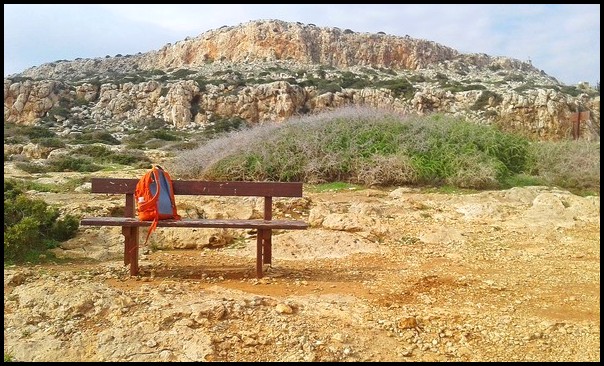 Along the beautiful coast there are miles and miles of well-kept walkways. There are plenty of benches set along the walks and at scenic spots. Free public toilets are located along walkways, in towns and at most public beaches. Beaches also have free changing rooms. Some have a cafe or restaurant, while others are completely undeveloped.
Along the beautiful coast there are miles and miles of well-kept walkways. There are plenty of benches set along the walks and at scenic spots. Free public toilets are located along walkways, in towns and at most public beaches. Beaches also have free changing rooms. Some have a cafe or restaurant, while others are completely undeveloped.
Museums and other attractions have minimal entry fees. National Parks and many historic, archaeological and other points of interest are free.
So, all in all, Cyprus is a very easy and friendly place to visit.
Now if the island’s famed sunny weather would just return for me, I could really enjoy my final week here before flying over to Istanbul, Turkey.
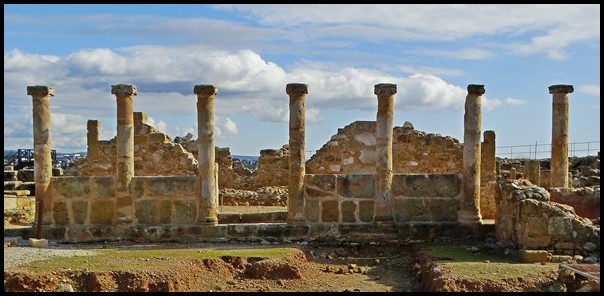
UNESCO Archeaological Site in Paphos
Summary
Cyprus is a small island country set in the Eastern Mediterranean. It’s a beautiful island with stunning rocky coastlines and interior mountains, all great for hiking and getting immersed in nature.
Sadly, the human development is all very ugly and rather extensive. But locals are friendly, welcoming and helpful. Tourist infrastructure is well-developed, making attractions and destinations quite user-friendly.
Cyprus offers many interesting & important historical and archaeological sites as well as museums, many natural destinations and thousands of wonderful cats.
================================
You might also enjoy:
18 Surprising Facts about Cyprus
=================
You might also enjoy:
Introduction to Montenegro
Introduction to Albania
Romania- Wow!
=================
Depsite the mostly grim weather, I have been able to enjoy several fantastic natural areas of Cyprus, including open coastal walkways with low cliffs and offshore rock formations, several small golden-sand beaches, a few lovely pebble beaches, two beautiful coastal national parks with rugged rocky topography, a lovely hillside park with fantastic panoramic views over the coast and a mountainous hinterland with pine forests and more amazing views.
I’ve also visited a prehistoric Chalcolithic tribe village, a stone monastery carved into a cliff-face, various stone Byzantine churches, an incredible cat santuary housing over 900 cats and a very important UNESCO World Heritage Archeological Site that has the world’s largest, best-preserved Roman mosaics and palace ruins.








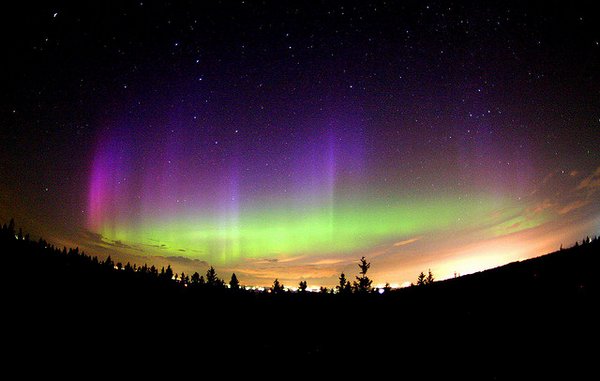
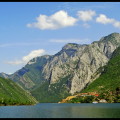
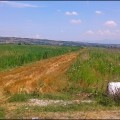

 Hi! I'm Lash, an American nomadic world traveler who's been traveling solo since 1998. I’m passionate about traveling the world nomadically and then sharing it all with you. I hope to inspire you to travel the world, to entertain you with tales from the road, and to help you reach your travel dreams. Welcome!
Hi! I'm Lash, an American nomadic world traveler who's been traveling solo since 1998. I’m passionate about traveling the world nomadically and then sharing it all with you. I hope to inspire you to travel the world, to entertain you with tales from the road, and to help you reach your travel dreams. Welcome! 




2 pings
17 Best places to Visit in Cyprus - LashWorldTour
2020/02/05 at 8:16 pm (UTC 8) Link to this comment
[…] « My First Impressions of Cyprus […]
My First Impressions of Istanbul – Turkey - LashWorldTour
2020/02/16 at 10:49 pm (UTC 8) Link to this comment
[…] My First Impressions of Cyprus […]